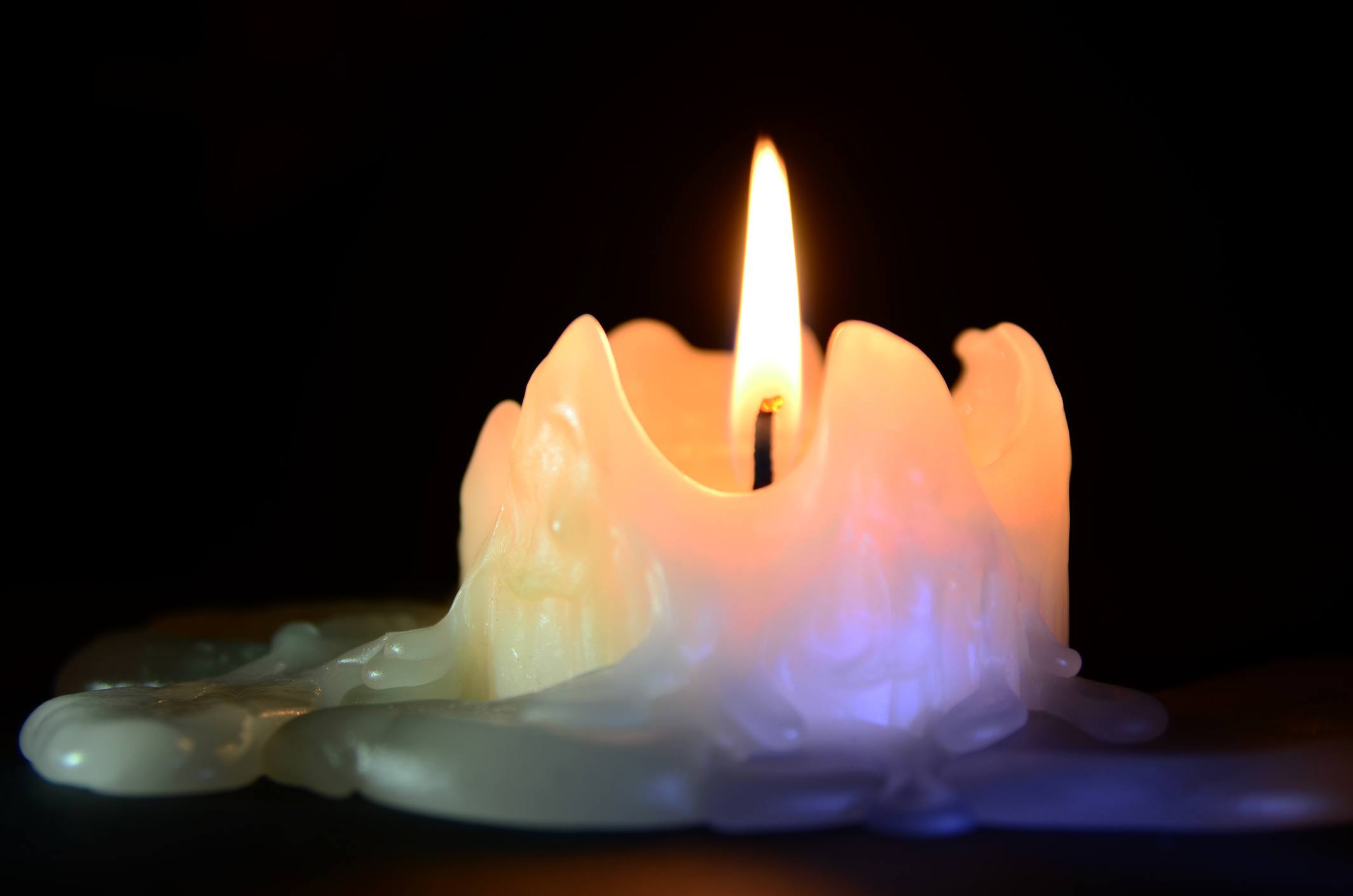
Major Causes Of House Fires And What You Can Do To Prevent Them
The answer may come as a surprise. When a candle burns, the heat from the flame causes the wax to melt and be absorbed by the wick. Eventually, the molten wax in the wick evaporates and burns, sustaining the flame. Factors such as the type of wax, its thickness, and the ambient temperature can affect the time it takes for wax to liquefy and.

Do Candle Warmers Evaporate Wax? Cordialcrafts
The short answer is, candle Wax does indeed evaporate as the candle burns. The wax acts as a fuel for the burning wick and slowly heats up until it reaches its evaporation temperature, that is why you will notice that after a while of burning your candle reduces in size. Let's take a look in more detail at how candles work and what happens to.
The Creamer Chronicles Bees wax candles
Yes, candle wax can evaporate over time due to sublimation. Sublimation is when a solid material is converted directly into a gas without going through a liquid phase. When a candle is burned, the heat from the flame melts the wax near the wick, which then travels up the wick and is vaporized by the flame's heat.

Does Candle Wax Evaporate
The light and heat from a candle comes from the wax burning. When you light the wick, the flame causes some of the wax to melt, flow up the wick and evaporate, and then the wax vapor burns. The.

Is It Safe To Eat Candle Wax? Will You Get Sick? Cuisine Seeker
The short answer is NO, it does not evaporate in the traditional sense. Unlike an open flame, which consumes the wax as fuel, the candle warmer's gentle heat only melts the wax, allowing it to release its fragrance. The melted wax remains within the container and does not dissipate into the air.
FileBN3Q09604 candle light.JPG Wikimedia Commons
The transformation of candle wax from a solid to a gas is a mesmerizing process. As the candle burns, the heat of the flame melts the wax. Once melted, the liquid wax travels up the wick to the flame where it vaporizes into a gas.. This is, however, not accurate. The heat from the flame does not cause the wax to evaporate like water would.

Candle Wax Festival In UbonRatchathani Free Stock Photo Public Domain
When you burn a candle, the wax is oxidized. When you burn a candle, you end up with less wax after burning than you started with. This is because the wax oxidizes or burns to yield water and carbon dioxide. Water vapor and carbon dioxide gas dissipate in the air around the candle in a reaction that also yields light and heat.
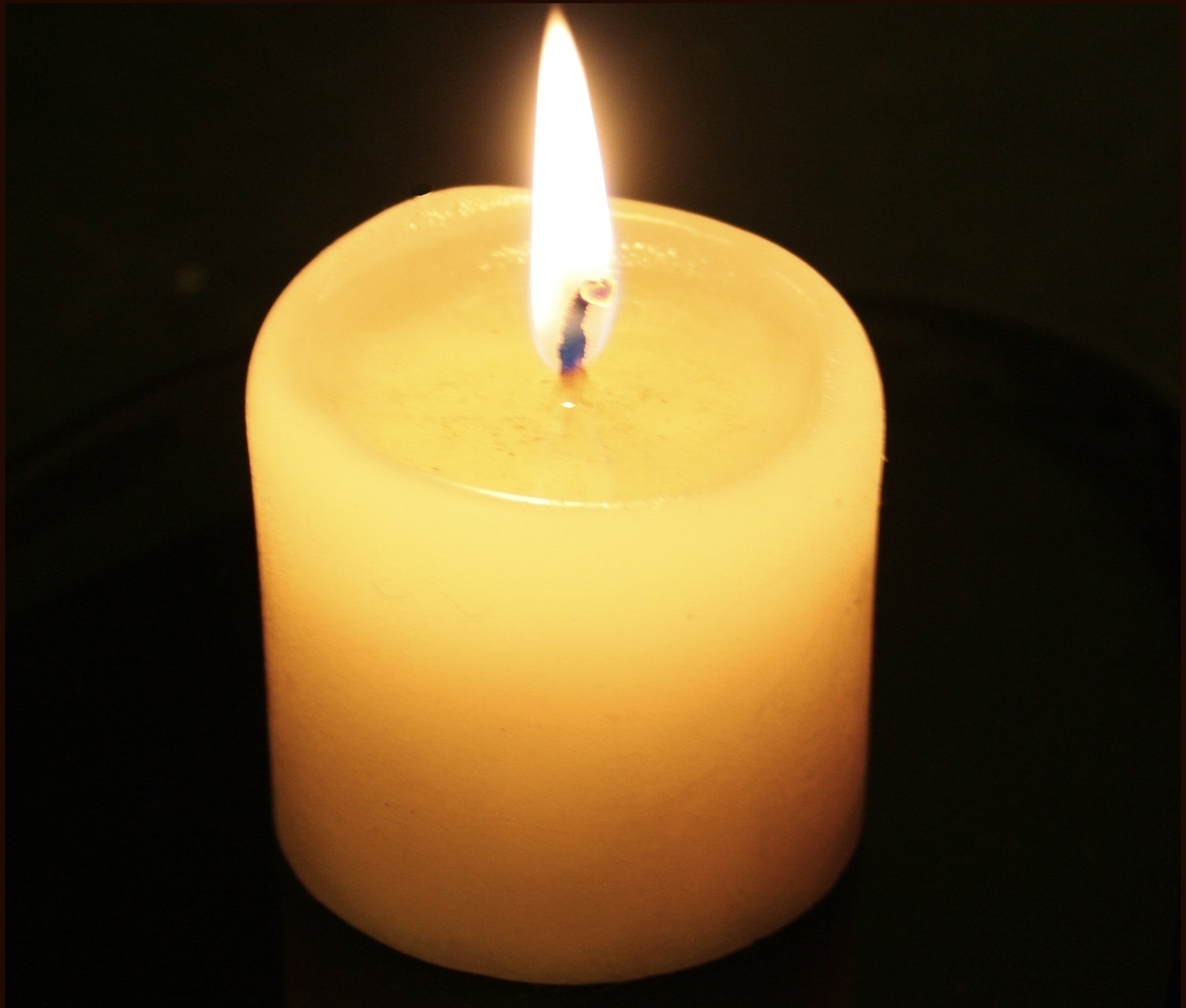
FileCandleflamenoreflection.jpg Wikimedia Commons
The heat and light from a candle come from the burning wax. When you light up the candle, the flames cause some of the wax to melt, flow and evaporate. What follows is the burning of the wax vapor. The wick that is made of cotton also burns, but most of the heat is generated by the wax. What you see around the base of the candle are paddles.
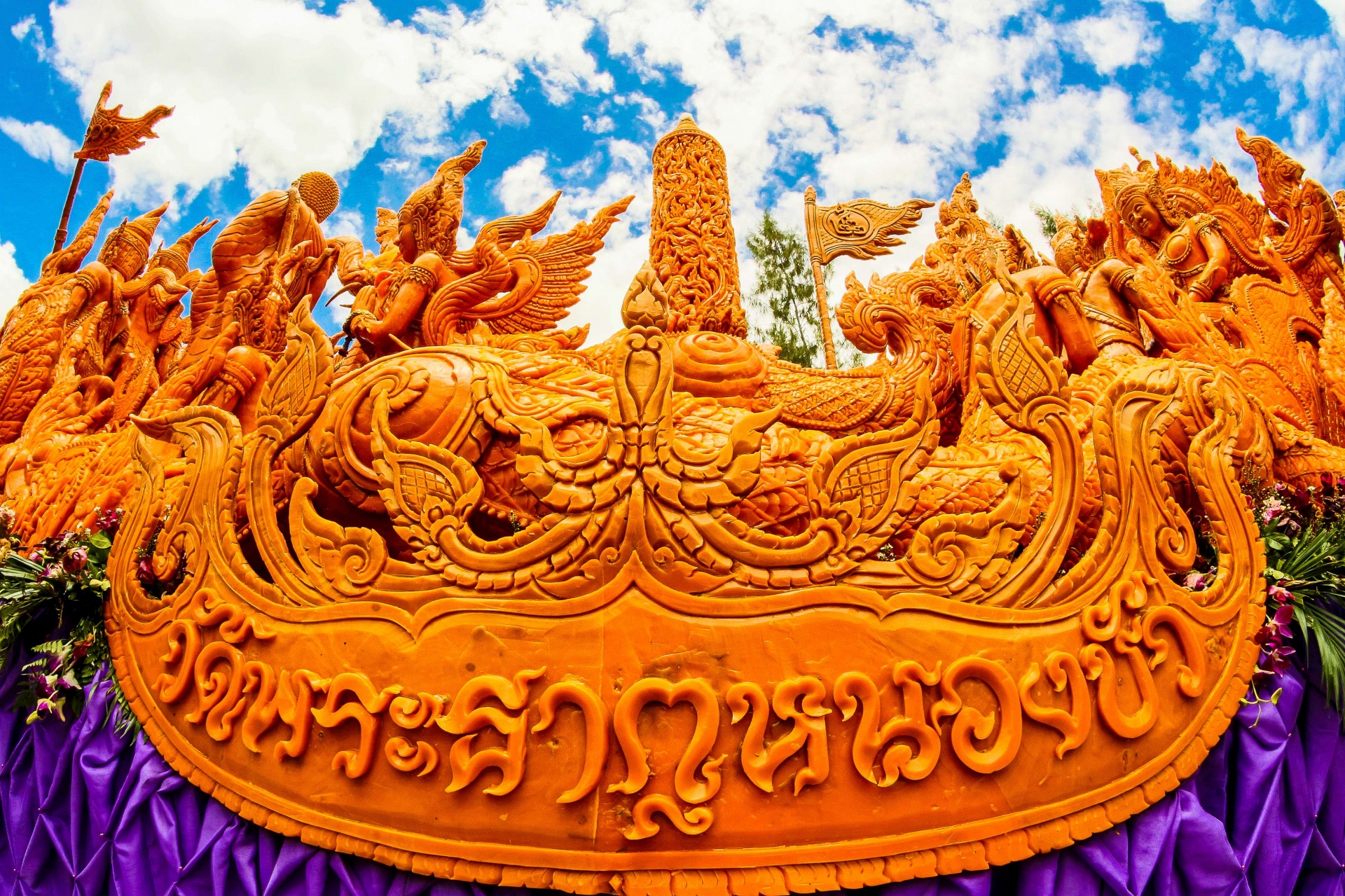
Candle Wax Festival In UbonRatchathani Free Stock Photo Public Domain
A traditional candle features a wick that you light. When you light the wick, it produces a flame that heats the wax of the candle. As the flame burns, the wax melts and proceeds to evaporate into the air. The melting wax also releases any fragrance the candle has, sending it throughout the space. A candle warmer also melts the candle wax.

Free Images light, lights, dark, fire, spark, glass, spot, spotted
Candle wax evaporates because the heat from the flame causes the wax to melt and be soaked up by the wick. Once the wick has soaked up the wax, the melted wax in the wick evaporates and burns, which allows the candle flame to continue burning. Candles are carefully designed so that their wax gives power to the wick so that it can slowly.
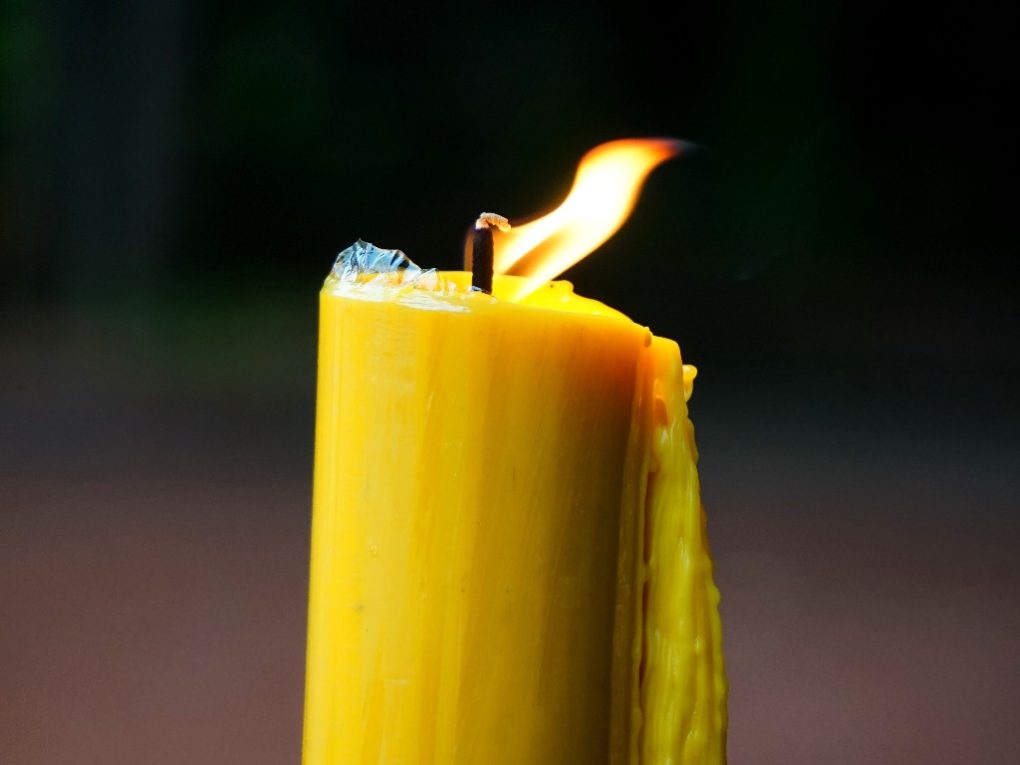
Does Candle Wax Evaporate The Science Behind Candle Burning StoryNorth
Candle wax evaporates when you light an entire candle in the form of carbon dioxide and water vapors. As the wax burns, it changes from a liquid state to a gas state. Once the wax reaches its melting point, it starts to melt and become a liquid. Then, once the wax cools down, it returns to being solid. This process happens every time you light.

Do Candle Warmers Evaporate Wax? Cordialcrafts
Low humidity facilitates faster evaporation, as the dry air absorbs the vapor more readily. Conversely, high humidity can impede evaporation, causing the scent and color to linger longer. Candle Size and Shape: The size and shape of a candle play a role in how quickly the wax evaporates.
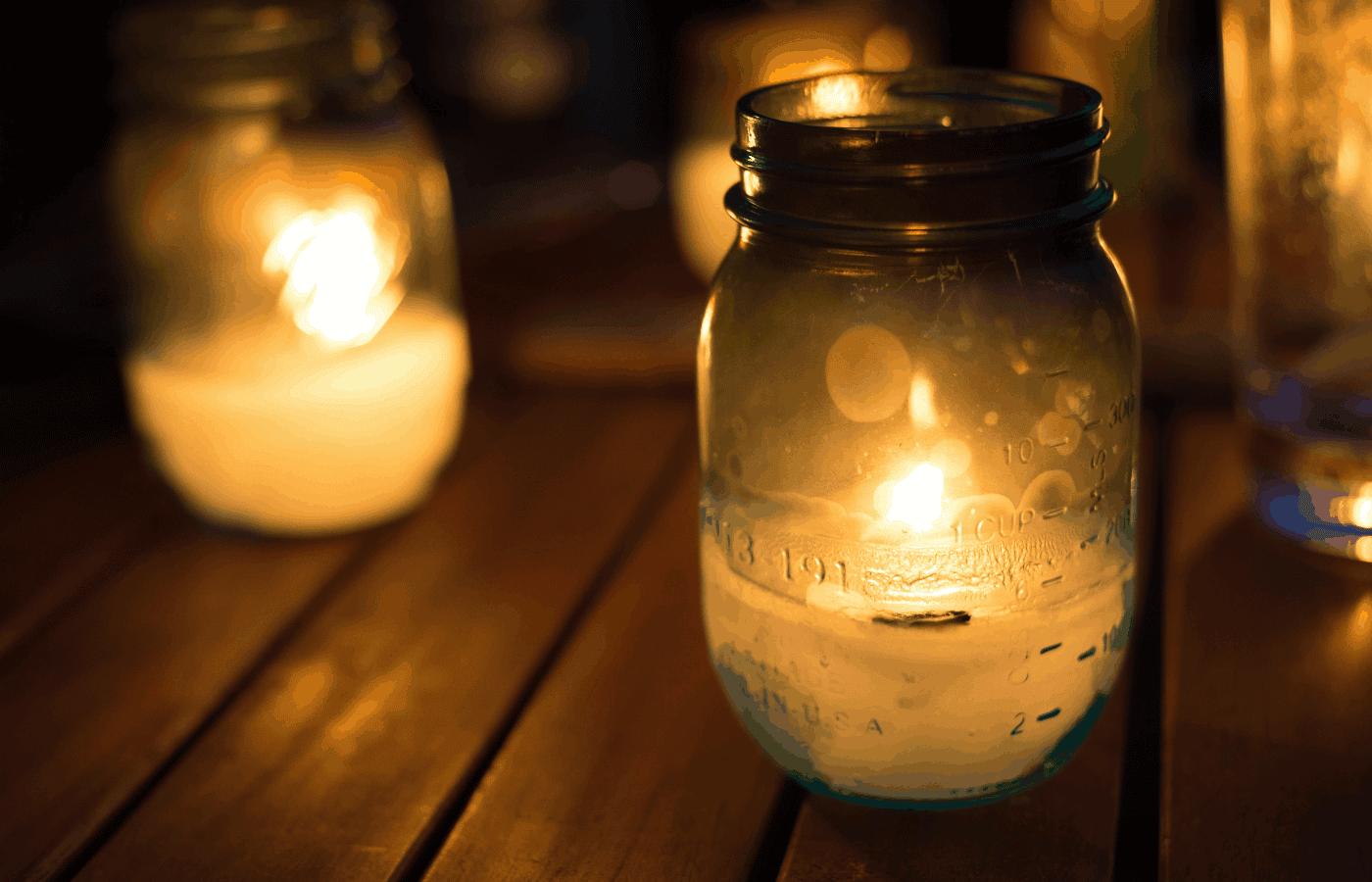
Why Does Candle Wax Evaporate?
Candles with a larger surface area have a higher rate of evaporation because more wax is exposed to heat and airflow. Conversely, candles with a smaller surface area evaporate more slowly. Similarly, tapered candles tend to evaporate faster than pillar candles due to their elongated shape. 5.

Remove Candle Wax from Fabric Finest European Maids
The wax doesn't evaporate in a candle warmer. Candle warmers lack wicks that need to be lit to create a flame. The wax won't get hot enough to evaporate without a flame. The primary function of a candle warmer is to let the spread of a scent throughout the area without the need for a flame.
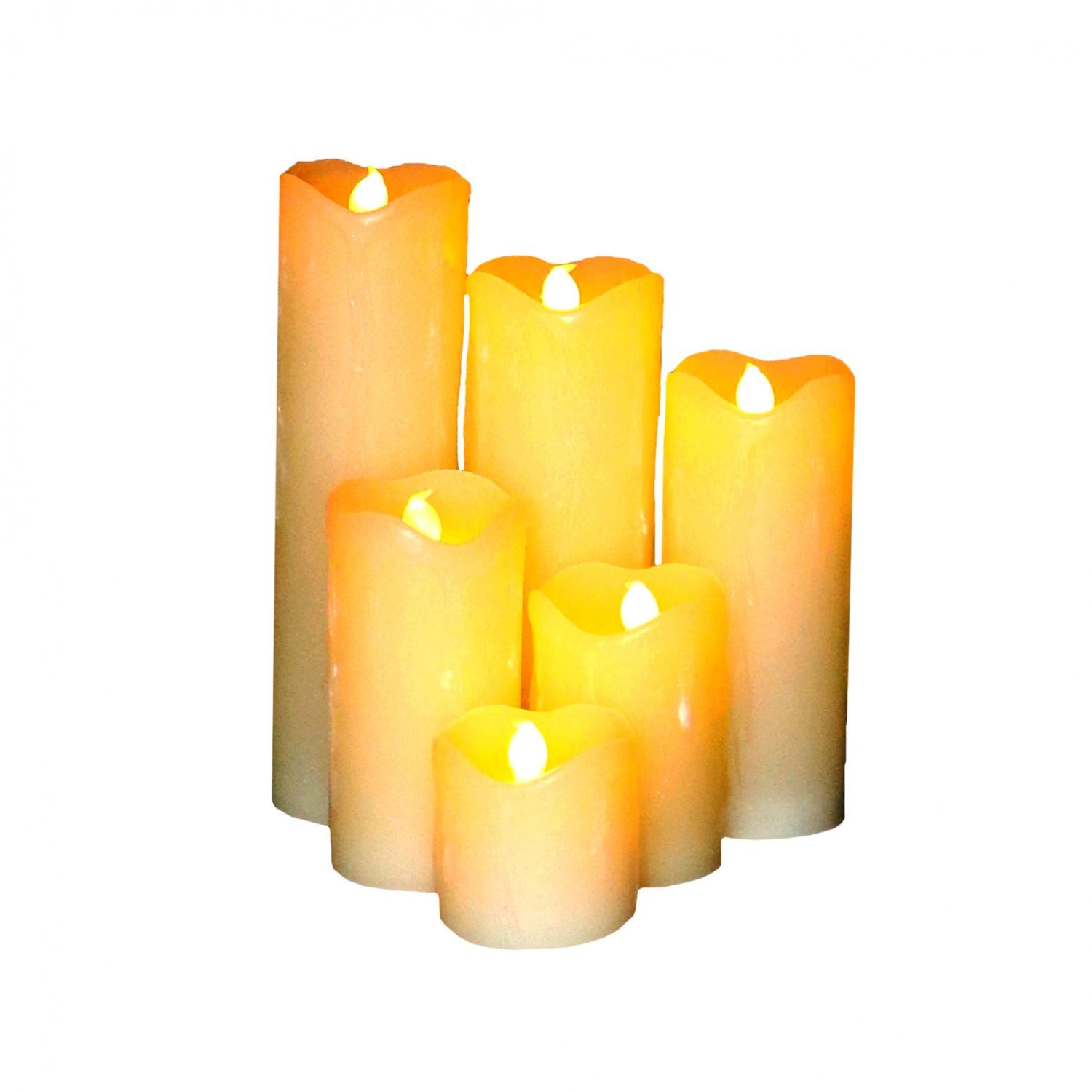
6 Real Wax Flameless Battery Operated LED Candles £13.99 Oypla
When a candle burns, it may appear as though the wax disappears into thin air. It doesn't. The wax evaporates into the atmosphere as the reaction to heat and flame turns it from a solid, to a liquid, to a gas. The candle uses the wax as fuel to keep the flame burning, and when the fuel (wax) has completely evaporated, it will no longer burn.

Where does candle wax go? YouTube
The shape of the flame. In a burning candle, wax is drawn up the wick by capillary action and evaporates, so what is burned is a gas. The heat of the flame produces an updraught of air that draws the flame into its familiar shape. In zero gravity there is no 'up' and a flame forms a sphere. In both cases, the fuel only burns in the region.